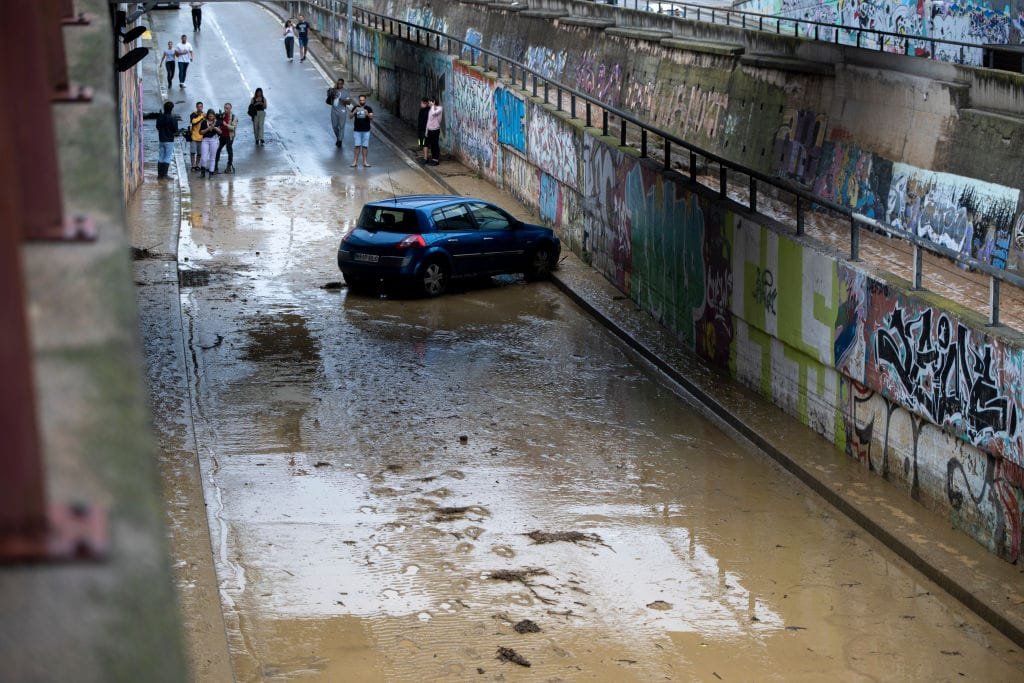
Cultures
It’s not the “weird” weather, it’s climate change
In Zaragoza, the fifth largest city in Spain, it is the first time that a similar event takes place. In twenty minutes the streets were filled with water to the point of causing cars to float which within a short time began to be carried away by the fury of the flood. Many people were trapped in the lower floors of the buildings, but above all there was a lot of fear. It only took an hour and a half to create absolute chaos.
A few hours later it was the turn of the city of Vitoria, with a violent hailstorm that destroyed months of work by local farmers. The next days? Full sun and heat waves
Welcome to climate change, some will say!
Given the violence, unpredictability and speed with which the event unfolded and then vanished into thin air, what happened has every flavor of the consequence of climate change.
But what are the main reasons for the city’s flooding?
- inadequate drainage systems: excessively prolonged periods of rain can exceed the capacity of the city’s drainage systems, which are very often poorly maintained, crude, sometimes even inadequate or old. It goes without saying that they cannot handle huge volumes of water
- river overflow: Zaragoza is located on the banks of the Ebro, the second largest river in Spain. Excessive rainfall and similar events can cause rivers to swell and overflow
- Excessive urbanization: this causes the reduction of key areas to avoid flooding
The phenomenon must be added to these points El Niñowhich can affect weather patterns and rainfall distribution in different regions, increasing the chance of rain in some regions and creating severe drought conditions in others.
In short, the scenario is always the same: on the one hand there are extreme weather events, on the other a Europe struggling to prepare for the future. In fact, we will increasingly need climate change adaptation measures. Plans are improving, but the road is long. An article in Nature tells us where we stand. Enjoy reading!
Federica Gasbarro works with The Wom independently and is in no way associated with the advertisements that may appear in this content.

